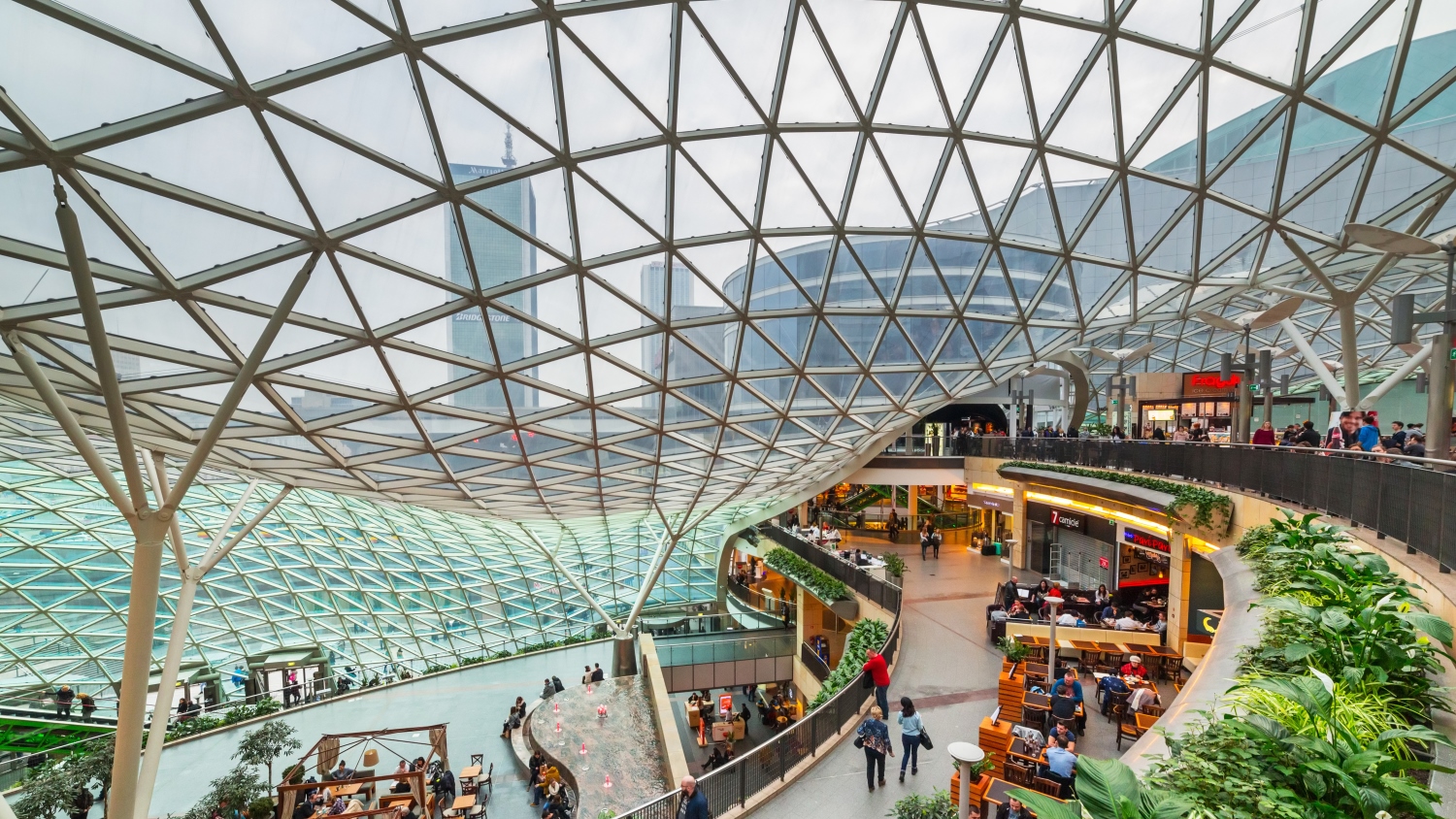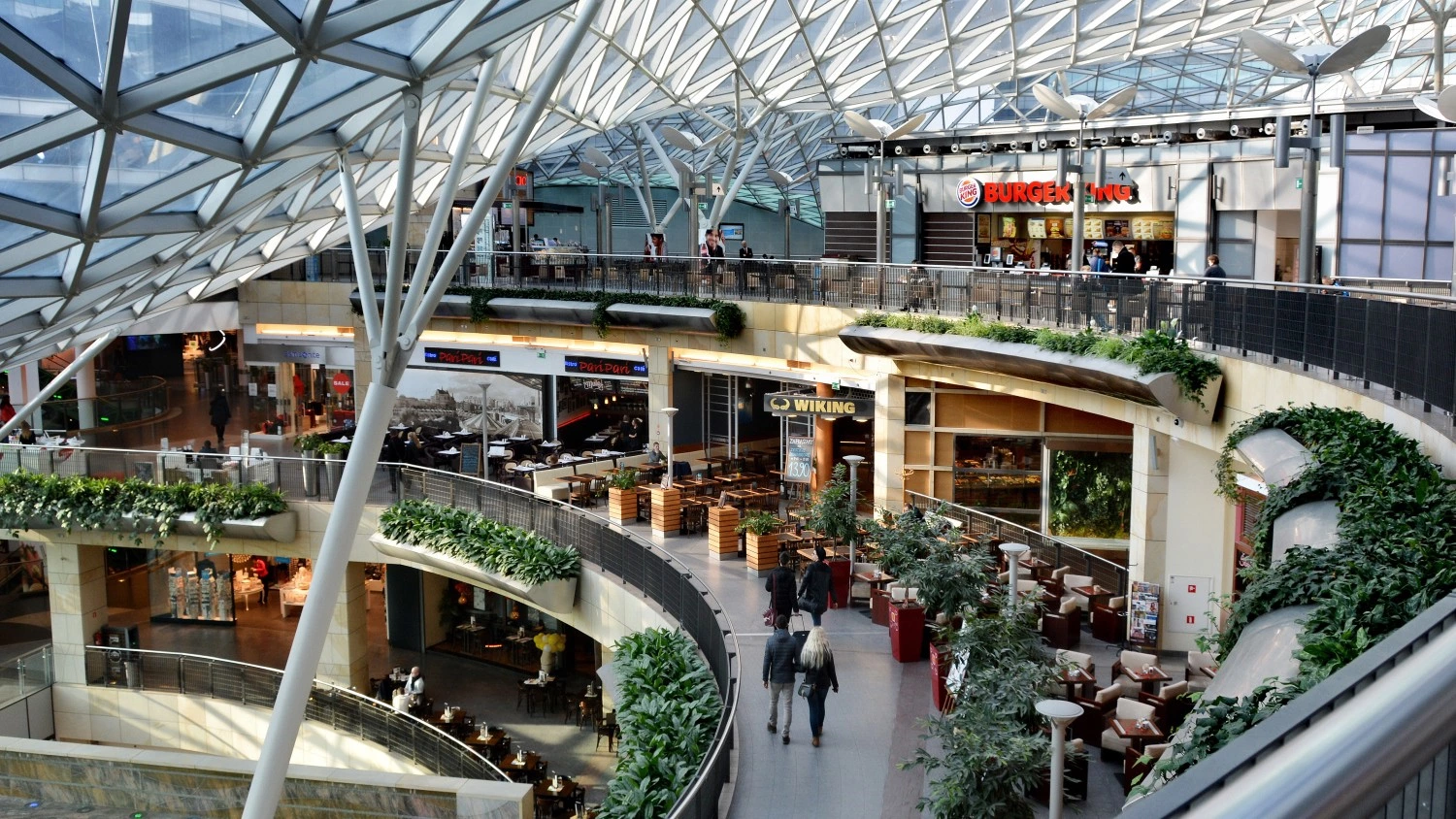“The strong performance of some non-core markets such as Ireland and Poland in terms of size of deals is likely to be attributable to the fact that these markets are slightly behind the core markets in the current investment cycle,” comments Eri Mitsostergiou, Director of European Research at Savills. “2015 was a record year for total investment volumes across Europe, underpinned by the numerous mega deals and large portfolios, yet activity this year has been constrained by a lack of stock in core markets. It is the ready supply of retail product and in fact portfolios, which is driving investors to the non-core markets.”
Warsaw shows bright prospects
The typical profile of investors looking into the Warsaw shopping centre market is more opportunistic since most of the strength of the market relies on retail prospect and potential returns. The annual retail sale volume in Warsaw is relatively small compared to other cities. Yet citizens of Warsaw spend a lot in retail, especially if you take into consideration their GDP per capita (€31,730), which is relatively modest compared to most other European cities benchmarked in this report.

Last year, retail spend per inhabitant was on average €9,740 which is the top fifth result of all 23 cities. Since retail sales are expected to increase fast in the next five years, by 5.6% pa on average, the second highest growth expected after Kraków (5.6%), Warsaw will become the biggest retail spending city per inhabitant (€11,650) by 2021.
The existing stock is high (1,3 million sqm), one of the highest per inhabitant, which can be explained by limited offer in high street format. It is also growing fast, +19% planned until 2018 which may be the main concern about the market. Nonetheless, so far, the vacancy rate is low and international brands are actively looking into the market. Low unemployment, strong GDP growth ahead and a large population suggest the market size of Warsaw could compete with core markets in the short to medium terms.





